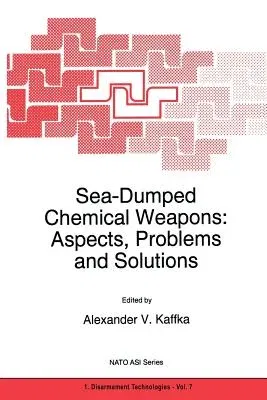Sea-Dumped Chemical Weapons: Aspects, Problems and SolutionsPaperback, 6 December 2010

Qty
1
Turbo
Ships in 2 - 3 days
In Stock
Free Delivery
Cash on Delivery
15 Days
Free Returns
Secure Checkout
Part of Series
NATO Science Partnership Subseries: 1
Part of Series
NATO Science Partnership Sub-Series: 1:
Part of Series
NATO Science Partnership Subseries: 1 (Closed)
Print Length
170 pages
Language
English
Publisher
Springer
Date Published
6 Dec 2010
ISBN-10
904814714X
ISBN-13
9789048147144
Description
Product Details
Book Format:
Paperback
Country of Origin:
NL
Date Published:
6 December 2010
Dimensions:
23.39 x
15.6 x
0.99 cm
Genre:
Ecology
ISBN-10:
904814714X
ISBN-13:
9789048147144
Language:
English
Location:
Dordrecht
Pages:
170
Publisher:
Series:
Weight:
267.62 gm

